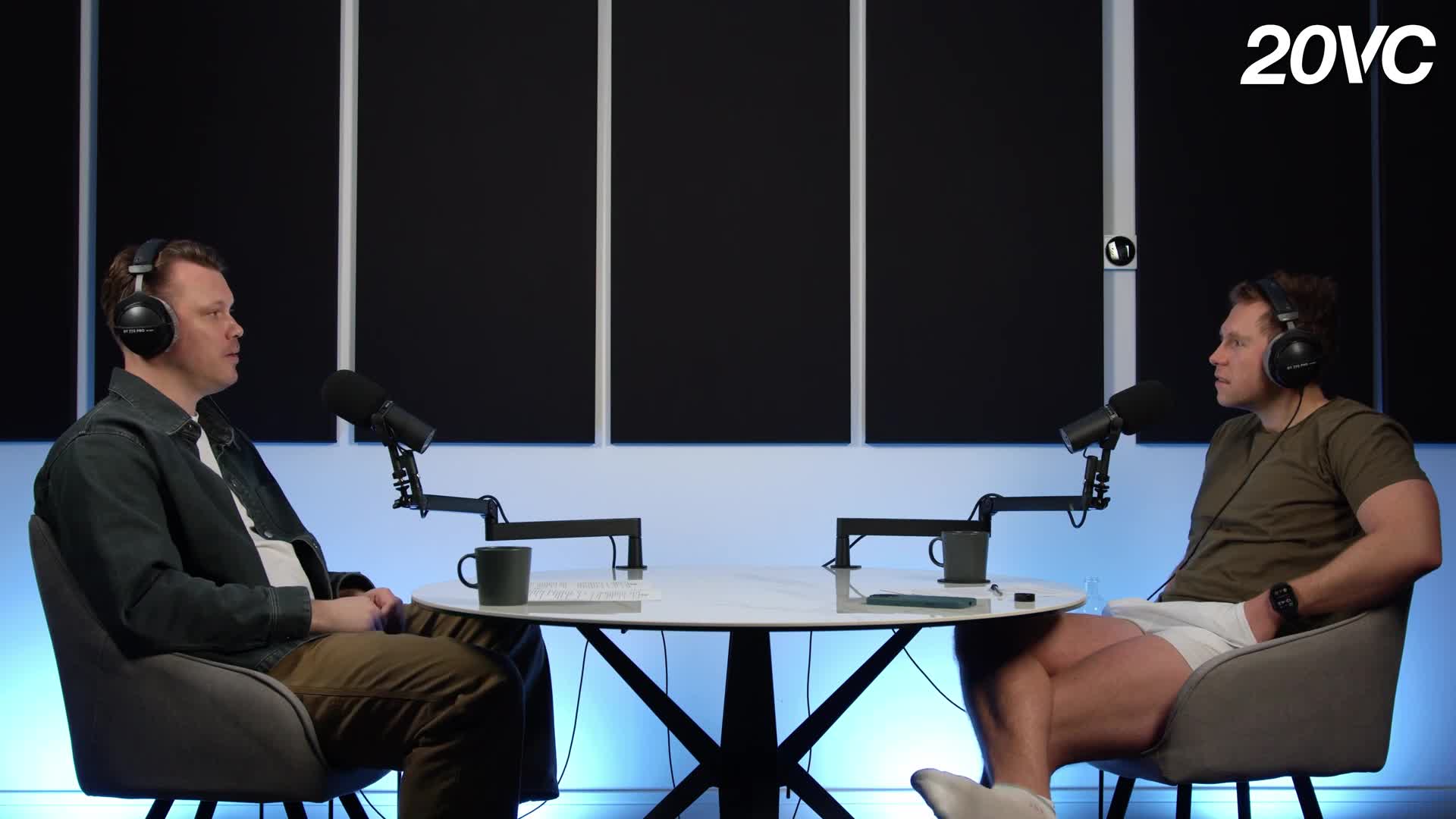Media Technology
What is the current state and value of long-form journalism in today's fast-paced digital media landscape?
Despite the dominance of social media's superficial news cycle, there is a growing demand for in-depth, long-form journalism that provides meaningful context and understanding. David Remnick argues that people genuinely want to comprehend complex world events beyond brief summaries or "little dots in one sentence." This resurgence of quality journalism serves as a crucial counterbalance to sensationalism and outrage-driven content, offering factual reporting that fosters empathy and informed public discourse in our increasingly complex world.
Watch clip answer (00:23m)How does the aesthetic philosophy of modern minimalist design compare to the functionality-focused approach when creating a retro gaming setup?
The creator discusses how modern devices prioritize slim bezels and minimalist aesthetics, which they acknowledge as beautiful design principles. However, when working with a substantial 2006 rear projection TV for gaming purposes, these aesthetic concerns become irrelevant because the focus shifts entirely to the display quality and functionality. The philosophy here embraces substance over style - when you have a beautiful, high-quality display for gaming, the traditional concerns about sleek design fade into the background. This approach celebrates the practical benefits of older, bulkier technology while demonstrating that functionality can be more important than following current design trends, especially in specialized applications like retro gaming setups.
Watch clip answer (00:21m)How has X (formerly Twitter) evolved under Elon Musk's leadership, and what is his vision for the platform's role in facilitating free speech and diverse viewpoints?
Under Musk's leadership, X has undergone significant transformation with record usage and expanded functionality. The platform now supports long-form text and video content, audio-video calling, and improved algorithms, moving beyond its original short-text format. Musk positions X as a "digital town square" designed to foster open dialogue across the political spectrum. Musk argues that the previous Twitter was biased toward far-left perspectives, largely due to its San Francisco-Berkeley location and workforce. He views this transformation as creating a more balanced platform that accommodates diverse political viewpoints rather than projecting specific regional political dogma. His vision emphasizes X as a real-time news source that enhances user accessibility and interaction, aiming to create a more inclusive platform for meaningful discourse across different political and social perspectives.
Watch clip answer (01:45m)How will we distinguish between real and AI-generated content as technology advances, and what systems might emerge to track content authenticity?
The speaker argues that the distinction between real and AI-generated content will become increasingly irrelevant as technology evolves. Most content today is already "artificial" to some extent - from Instagram filters to Hollywood special effects - yet we evaluate it based on its message and quality rather than production methods. To address authenticity concerns, the speaker proposes developing systems similar to YouTube's copyright detection (Shazam technology) that could create a "chain of content" tracking. This would involve a centralized database, potentially blockchain-based, where all content is registered upon creation, allowing platforms to automatically identify original sources and flag manipulated or miscontextualized content. Such systems could combat disinformation by automatically flagging when old images are presented as recent news, similar to how YouTube detects copyrighted music and provides proper attribution or monetization to rights holders.
Watch clip answer (03:48m)


